Resistance bands have become a staple for home workouts, but thin resistance bands often get overlooked. These versatile tools can add challenge and variety to your training, whether you’re working on strength, mobility, or injury prevention.
What Are Thin Resistance Bands?
Thin resistance bands are lightweight, portable bands that provide gentle to moderate resistance. They are commonly made from latex or fabric and come in various lengths and colors, indicating different tension levels. Unlike thicker power bands, thin bands allow you to perform controlled, isolated movements, making them ideal for rehabilitation, warm-ups, and mobility drills.
Benefits of Using Thin Resistance Bands
1. Joint-Friendly Resistance
Thin bands add resistance without putting excessive strain on your joints. This makes them perfect for seniors, beginners, or anyone recovering from minor injuries while still wanting to maintain strength and stability.
2. Improve Muscle Activation
Adding a thin band during bodyweight exercises like squats, glute bridges, or lateral walks can increase muscle activation, especially in stabilizing muscles that are often underutilized.
3. Enhance Flexibility and Mobility
These bands are excellent for stretching and mobility work, helping improve range of motion in the shoulders, hips, and ankles. They provide gentle assistance, allowing you to deepen stretches safely.
4. Easy to Use Anywhere
Their portability makes thin resistance bands a valuable travel companion. You can fit them in your backpack and get a quick workout in your hotel room, office, or park without the need for heavy equipment.
Effective Exercises You Can Do with Thin Resistance Bands
-
Band Pull-Aparts: Strengthen your upper back and improve posture.
-
Lateral Band Walks: Activate glutes and hip stabilizers.
-
Banded Squats: Add light resistance to bodyweight squats for better glute and quad engagement.
-
Shoulder External Rotations: Improve shoulder health and prevent imbalances.
-
Hamstring Curls: Use while standing or lying down to strengthen the posterior chain.
My Experience with Thin Resistance Bands
During a period when I was recovering from a shoulder strain, thin resistance bands became essential in my daily routine. I started using them for shoulder mobility drills, gentle pull-aparts, and rotator cuff strengthening exercises. What surprised me most was how much they challenged my stabilizing muscles, revealing imbalances I wasn’t aware of. Over time, not only did my shoulder recover, but I noticed improvements in posture and muscle endurance that carried over to my compound lifts.
Even now, I use thin resistance bands for warm-ups before heavy lifting sessions and for active recovery days, keeping my joints healthy while continuing to build strength.
Tips for Choosing and Using Thin Resistance Bands
-
Start with a lighter resistance to learn movement patterns before progressing.
-
Check for durability and quality; avoid bands that roll up or snap easily.
-
Incorporate them into warm-ups to prime your body for more intensive workouts.
-
Maintain slow, controlled movements to maximize muscle engagement and safety.
Final Thoughts
Thin resistance bands are simple but powerful tools for enhancing your workouts, improving mobility, and supporting recovery without heavy equipment. Whether you are looking to strengthen stabilizing muscles, increase flexibility, or add gentle resistance to your training, these bands can help you build a more resilient and functional body, no matter your fitness level.


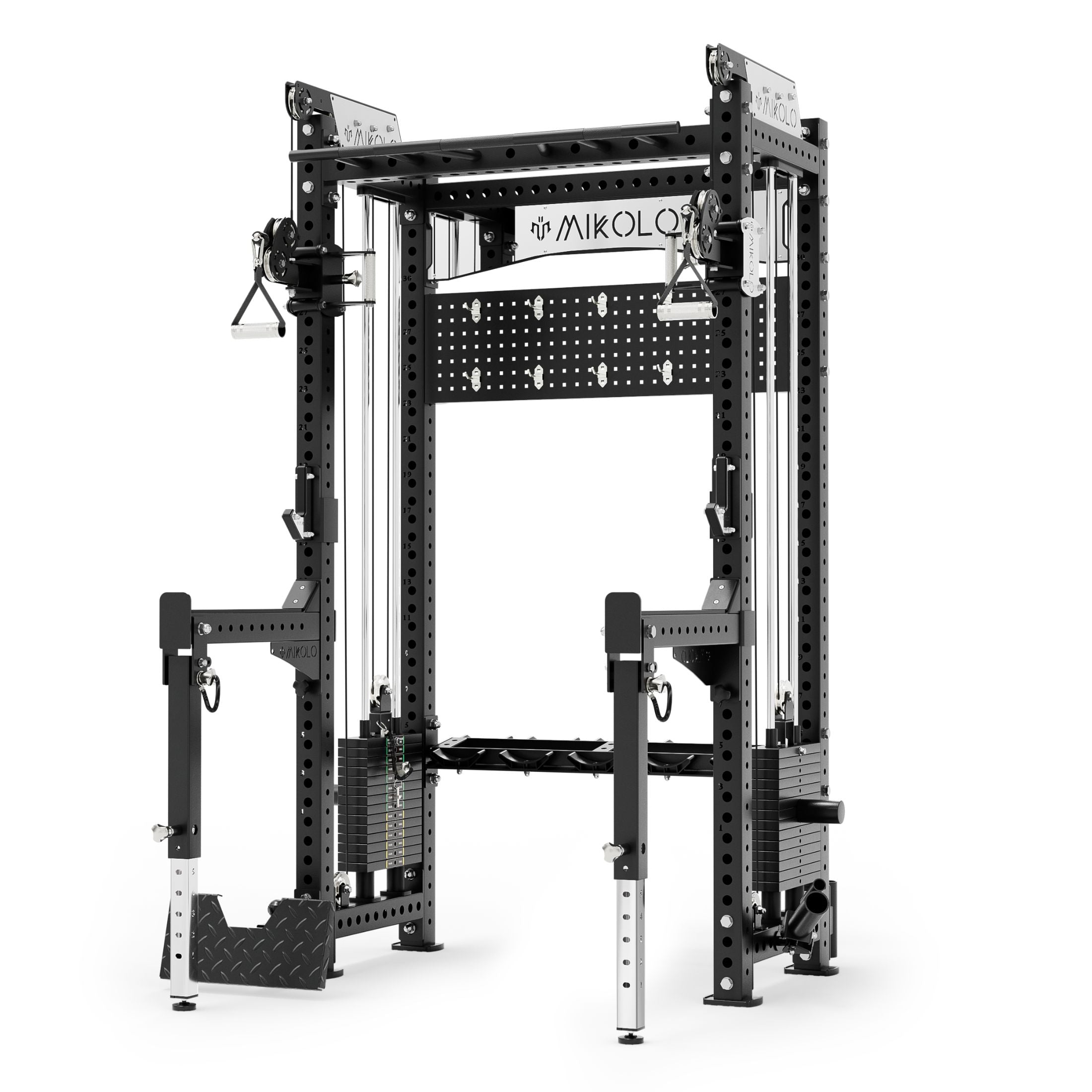
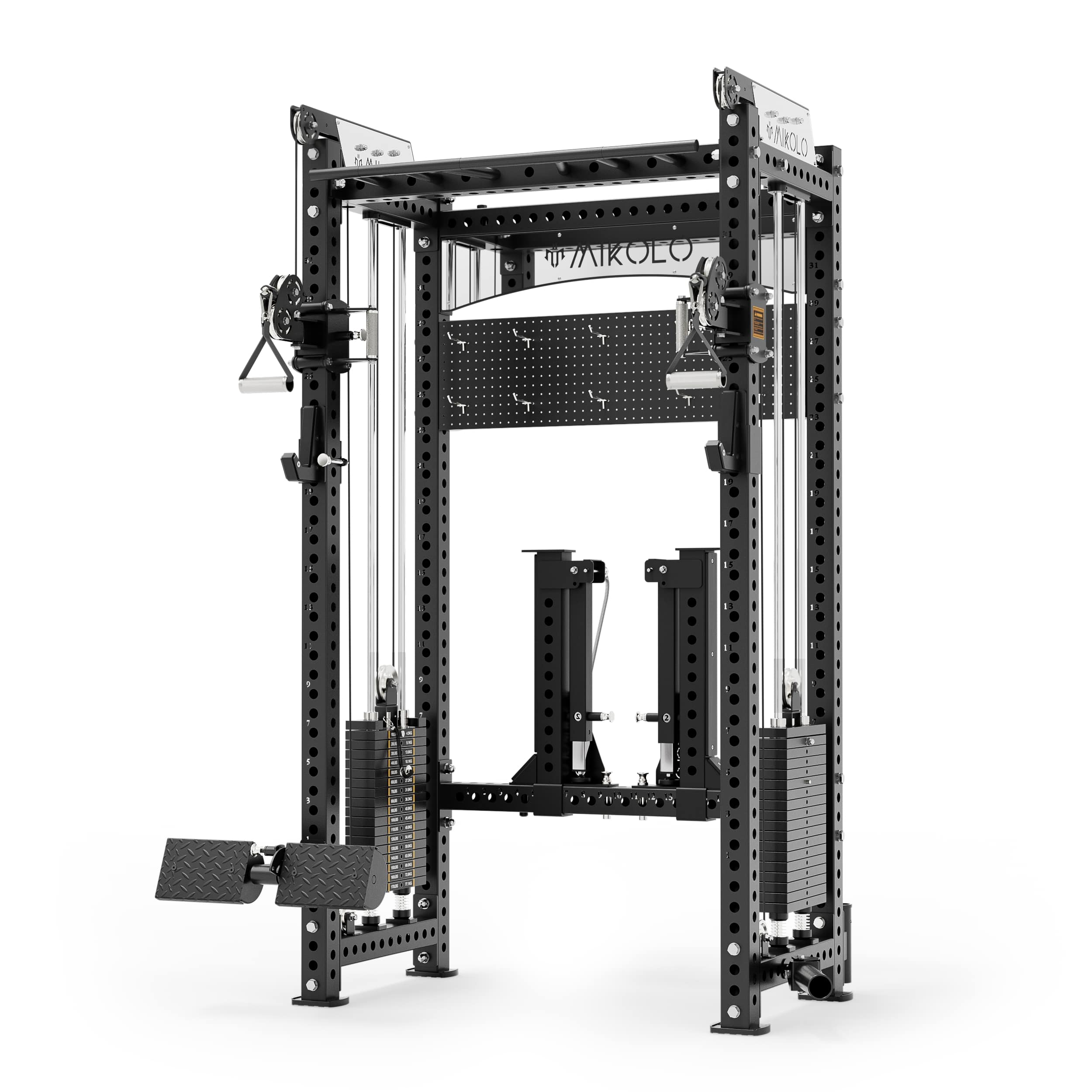
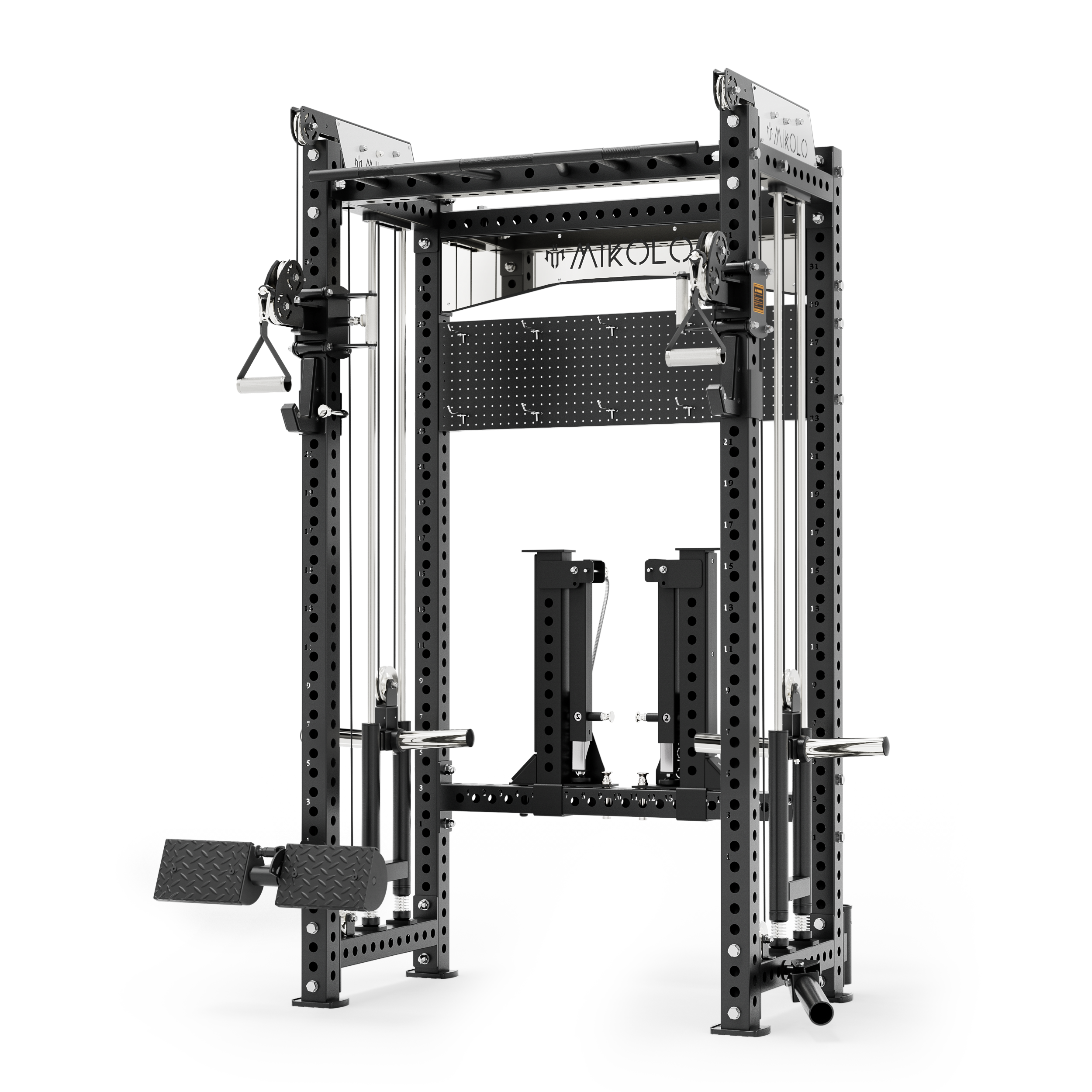


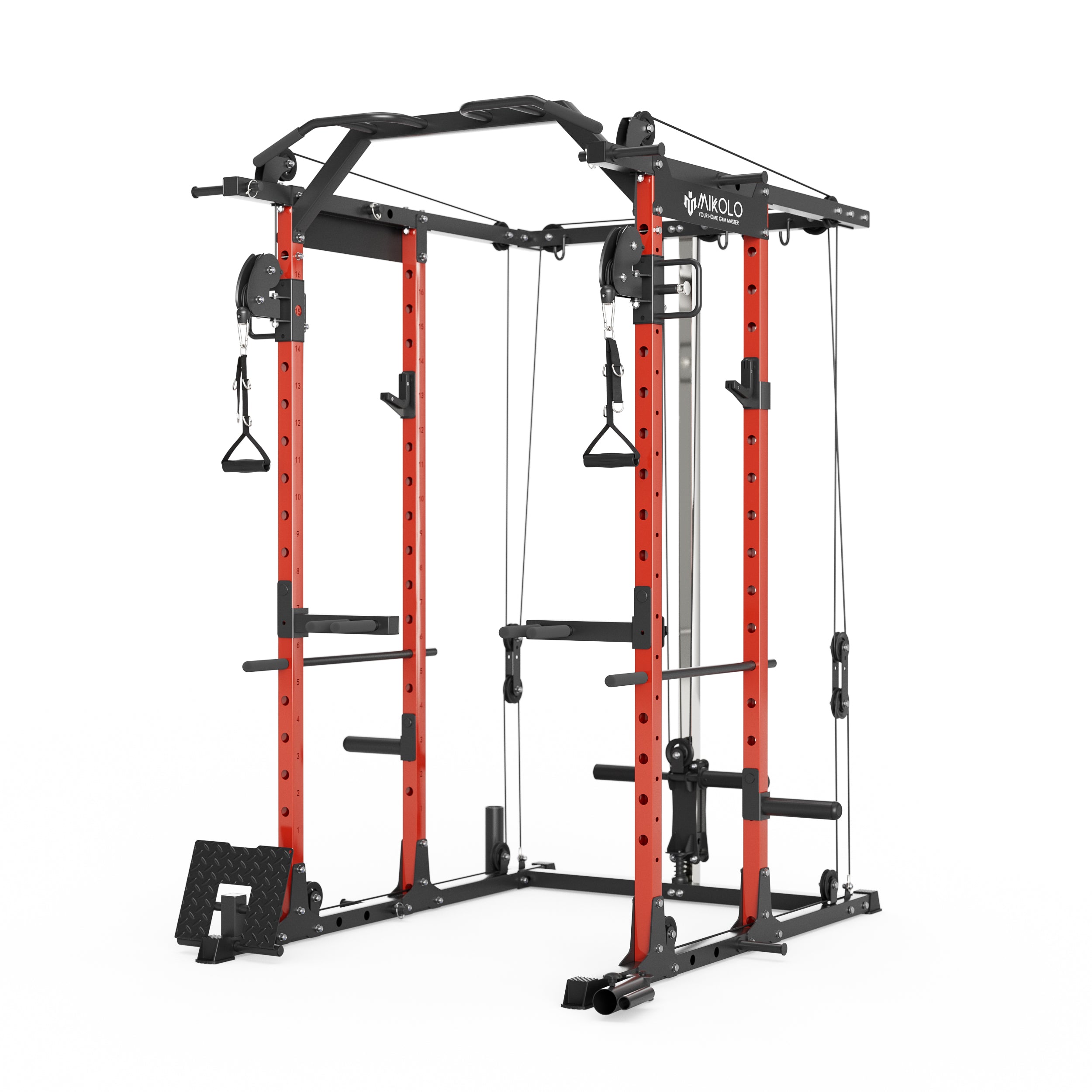
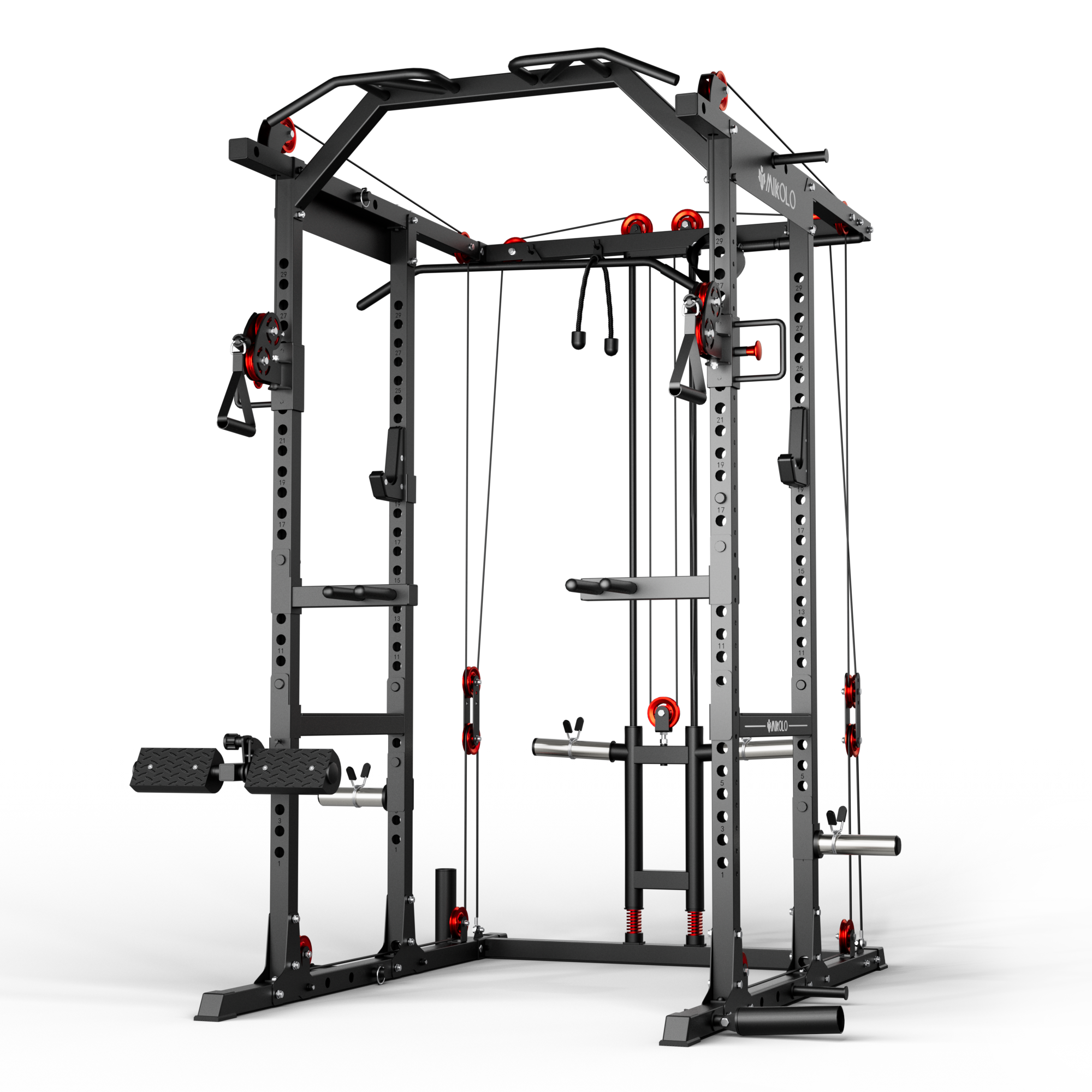



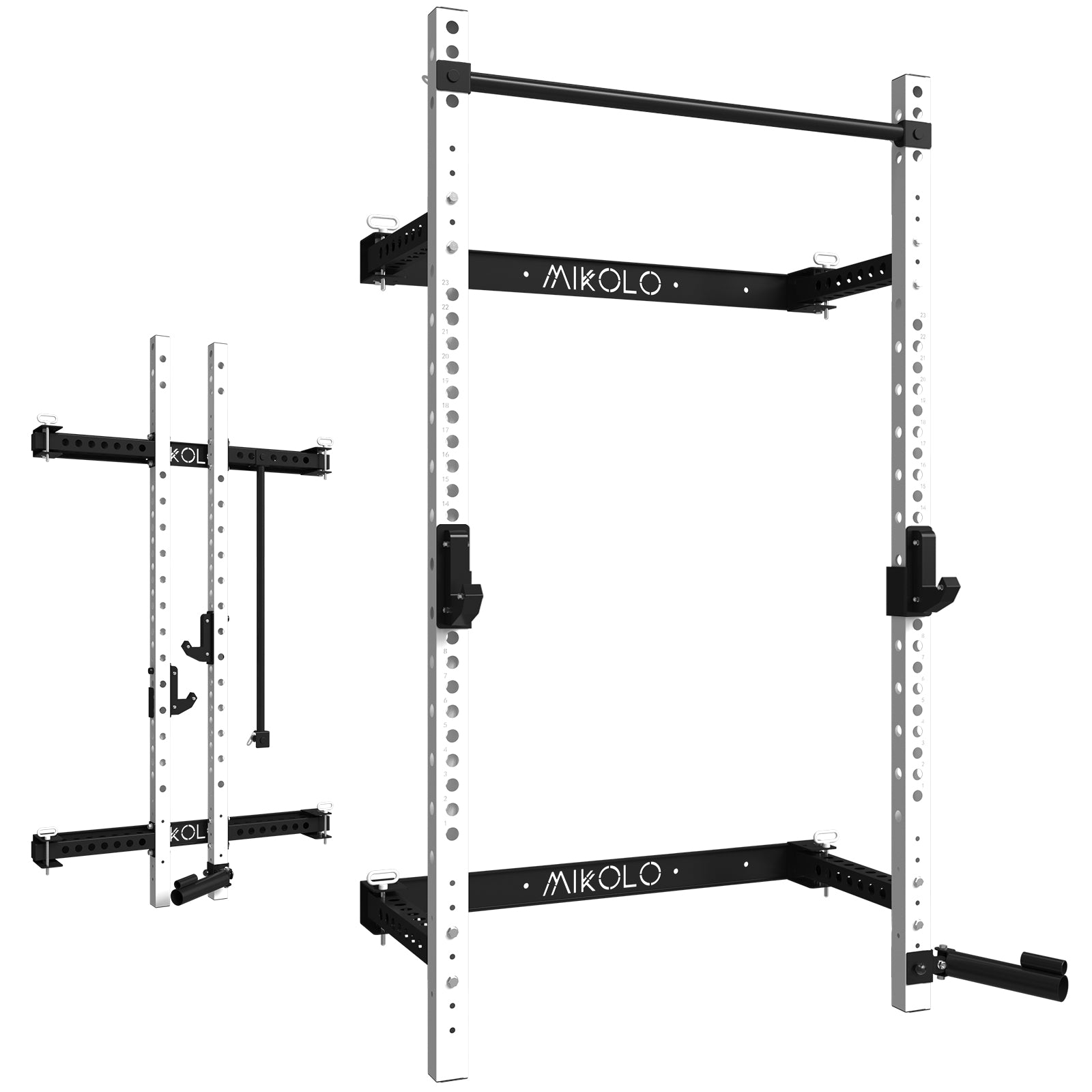

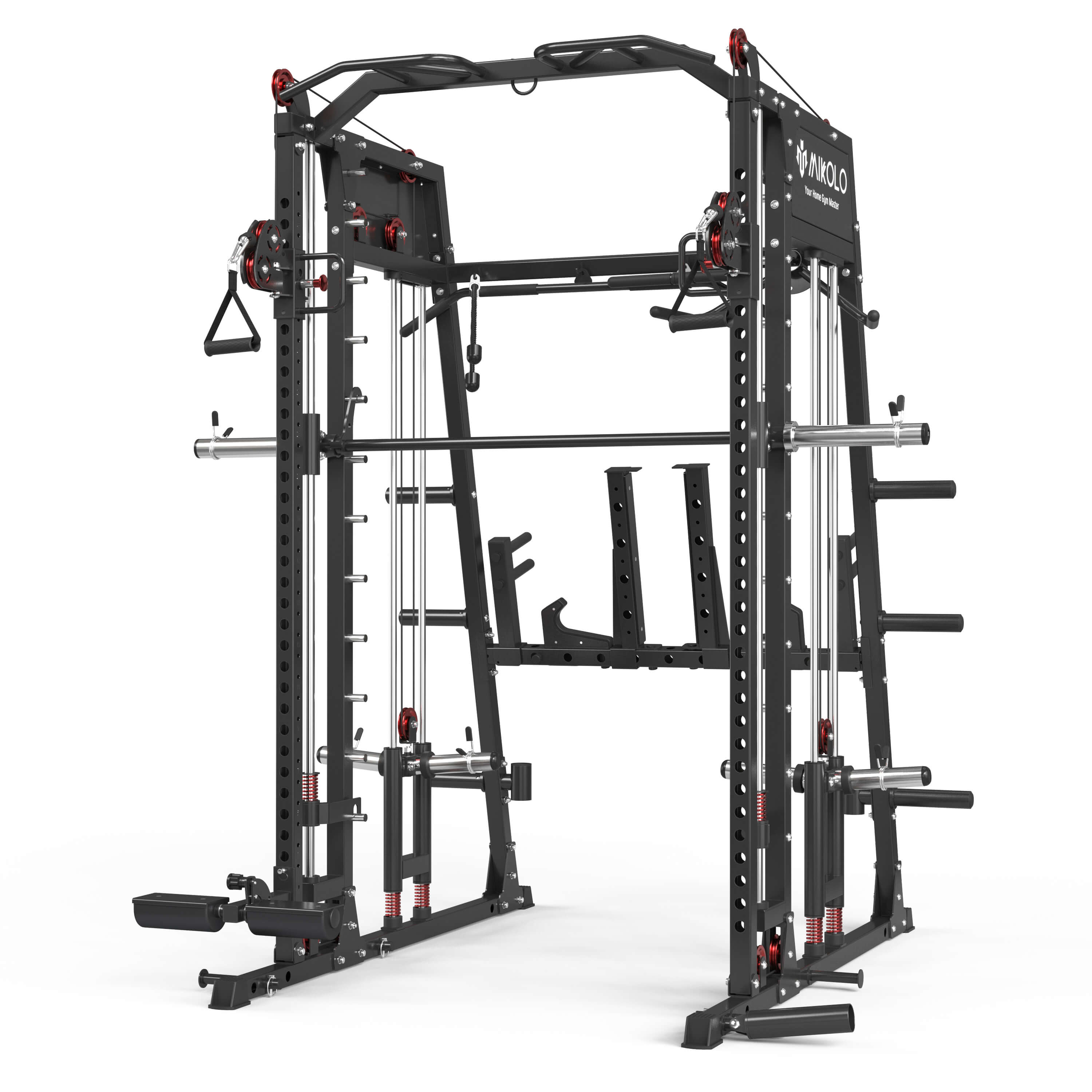
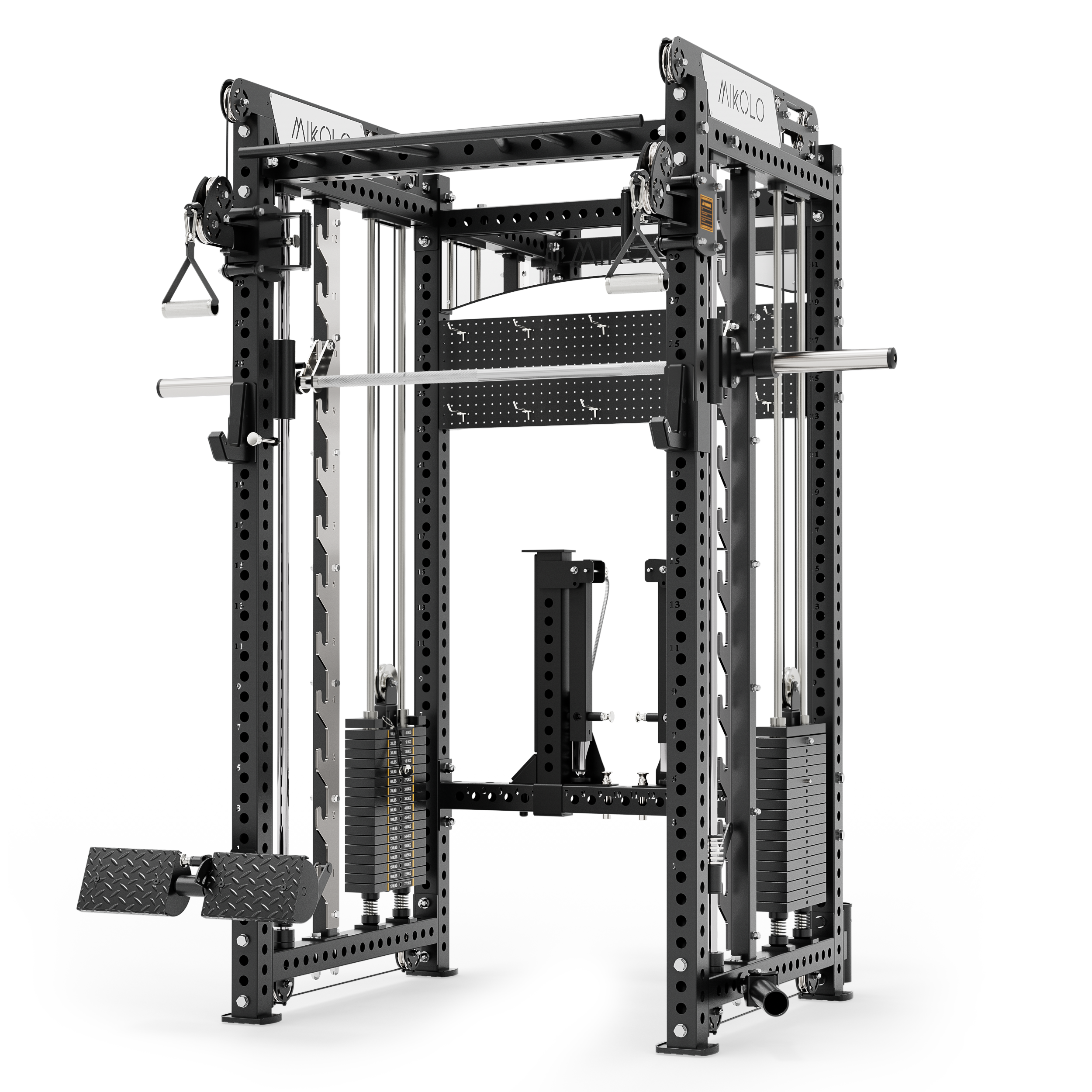
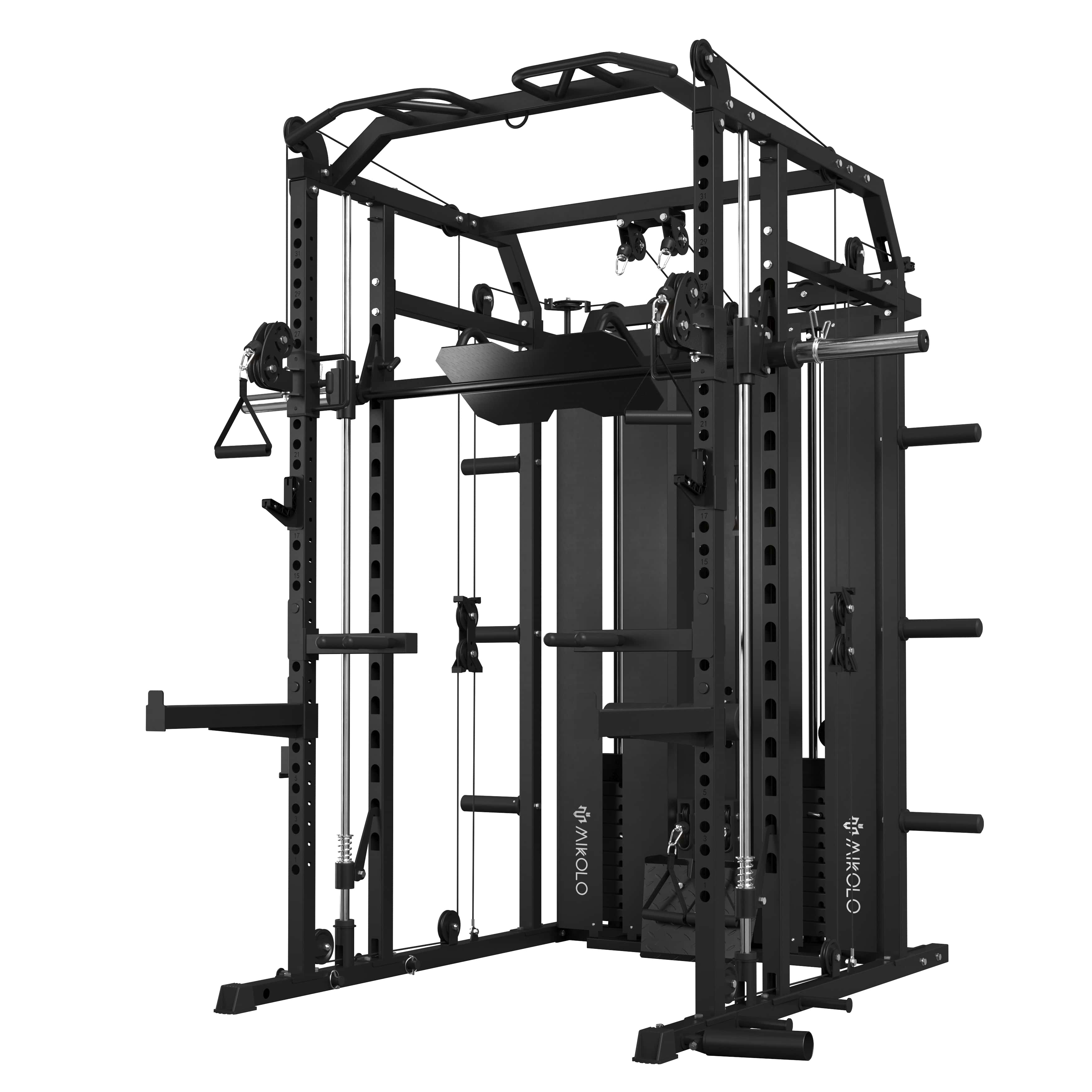




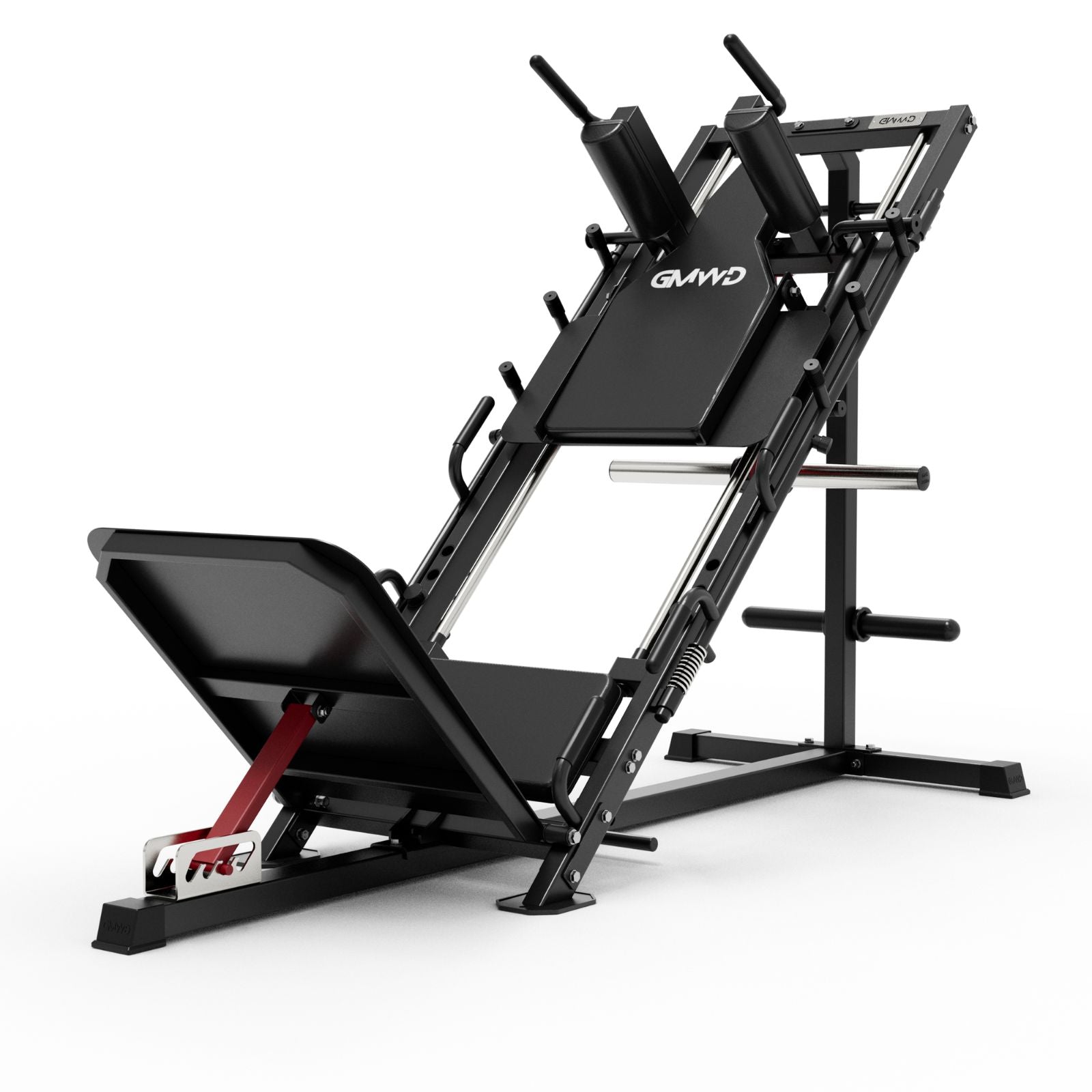


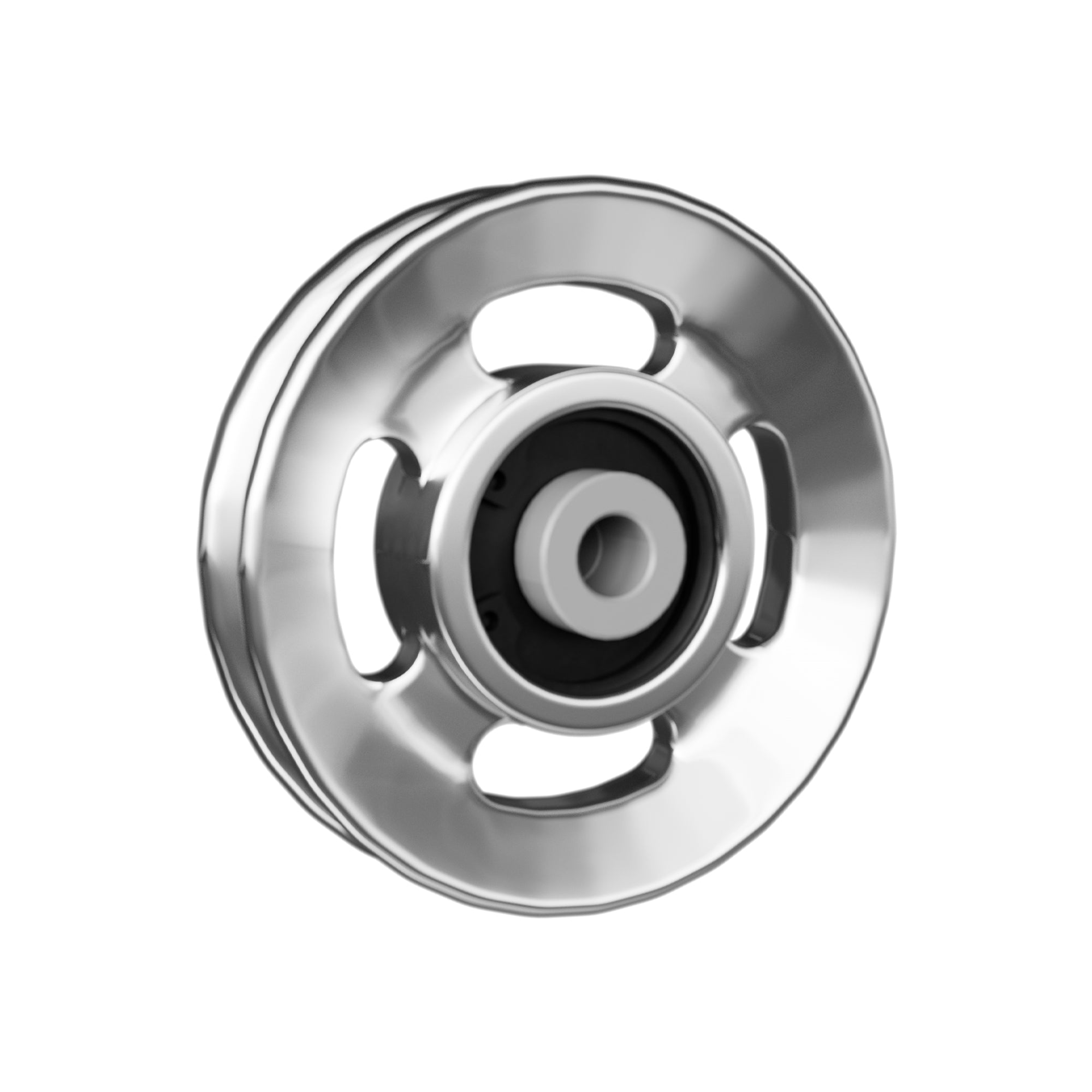


















Leave a comment
This site is protected by hCaptcha and the hCaptcha Privacy Policy and Terms of Service apply.